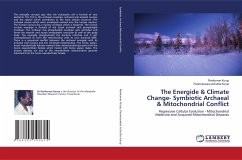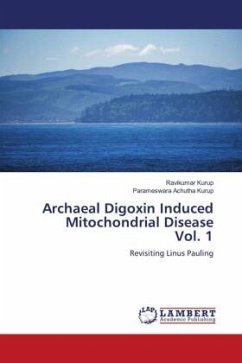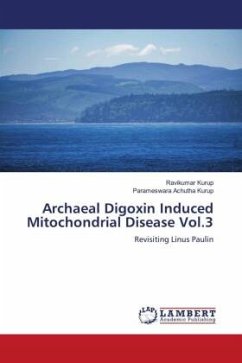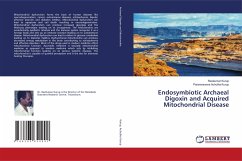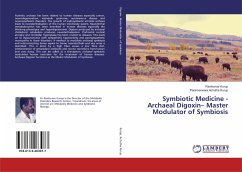The energide concept says that the eukaryotic cell is formed of two elements. The first is the archaeal envelope, archaeal viral evolved nucleus and the cytosol which contributes to the main cellular structure. The archaeal viruses which were enveloped evolved into the human nucleus. The human nucleus has a nuclear envelope which is bilayered. The human nuclear envelope is formed of the fused archaeal viral phospholipid envelope. The archaeal viral phospholipid envelope gets extended and forms the smooth and rough endoplasmic reticulum as well as the golgi body. The energide phagocytosed the bacteria rickettsia and it got endosymbiozed to form the mitochondria with its own bacterial DNA. There is a perpetual conflict between the archaeal energide with its archaeal viral nucleus and the rickettsial mitochondria. The homo sapien-homo neanderthalis hybrids retained their mitochondrial genome from the homo neanderthalis female which mated with homo sapien males. The human diseases are due to the neanderthalic mitochondrial genome inherited from the homo neanderthalis female.

